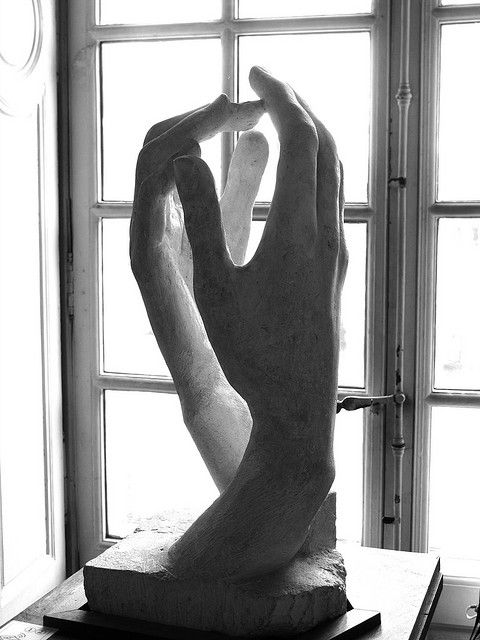Dear Integral Meditators,
Why do you meditate? This weeks article looks at four possible ways of answering that question, and also a simple way of starting to meditate on intention.
In the spirit of mindful intention
Toby
 Four levels of intention for meditating
Four levels of intention for meditating
If you are interested in establishing a meditation and mindfulness practice, its useful to ask yourself the question ‘Why am I doing this?’ and be at least somewhat clear about your motivations for doing so. Our intention for doing something is very important as it acts as a kind of compass or guide as we progress though the different stages of our journey. Formally speaking we can distinguish four basic levels of intention that we can cultivate. Each level helps and assists the other levels.
Level 1 – For self-healing and wellbeing: This first level sees meditation as a way of dealing with the stress and strains of our daily life, encouraging mental, emotional and physical healing. Here we are using meditation as a safe space that we can drop into to whenever we want to rest, regenerate and re-gather our strength.
Level 2 – To build your inner strengths: On this second level we are using mindfulness as a way of making our mind stronger and more effective. We can use it to go from being basically happy to being happier, from being somewhat focused to really focused, to go from ‘getting by’ to feeling really good about ourself and our life. You can use meditation to focus on building any inner quality that you like, rather like a gym for your mind and heart!
Level 3 – To bring happiness and relieve the pain of your circle of influence
Here our motivation for meditation is to heal ourself and build our strengths not just so that we will be happy, but so that we can bring healing and happiness to our own circle of influence; family friends, colleagues. Here we sit and meditate with the intention to be a force for the good in our world, in whatever way we can.
Level 4 – To bring happiness to and relieve the pain of the world
This fourth level of motivation extends our benevolent intention not just to our immediate circle of influence, and those that we know, but extends out to include the whole global community of both humans and non-humans. Here we take on the responsibility and ambition to work for the benefit of all living beings, out of love, compassion and solidarity for them.
In order for this fourth level to be sustainable, we need to build a stable experience of levels 1-3 first, otherwise we will quite quickly feel overwhelmed and burned out by the scale of our ambition. We first learn to become very competent at looking after ourself and nurturing our inner strength, then we practice the care and healing of our circle of influence, then we take on, at least in aspiration the wish to become a caretaker of the world.
A short meditation on intention
Stage 1: Sitting quietly, first bring attention to yourself. Practice gently extending compassion to yourself and your wounds, as well as the ambition to use your meditation to build specific inner strengths.
Stage 2: Then visualize around you your circle of influence; family, friends, colleagues, pets etc… Focus on a loving and compassionate intention to benefit them through your meditation practice, and through your daily actions.
Stage 3: Finally imagine around your circle of influence an ocean of living beings, the human and animal population of the planet. Focus on a loving and compassionate to bring all these creatures happiness and relieve their pain. Just focus on the intention, not the ‘how’, and experience what it is like to hold such an intention.
© Toby Ouvry 2018, you are welcome to use or share this article, but please cite Toby as the source and include reference to his website www.tobyouvry.com
Upcoming Courses at Integral Meditation AsiaOngoing on Wednesday’s, 7.30-8.30pm – Wednesday Meditation Classes at Basic Essence with Toby
Ongoing on Tuesday evenings, 7.30-8.30pm – Tuesday Meditation Classes at One Heart with Toby (East coast)
Monday 6.15-7.15 & Wednesday 12.15-1.15 – Integral Meditation classes at Space2B on Stanley Street
Saturday October 20th – Qi Gong workout and meditation class
Saturday 20th October 1-5pm – Integral Meditation for Intermediate and Advanced Meditators
Saturday 27th October, 9:30am – 12:30pm – Meditations for creating a mind of ease, relaxed concentration and positive intention
Saturday 27th October, 4-5.30pm – Get Your Meditation Practice Started Now – The Shortest and Most Time Effective Meditation Workshop Ever
Tues & Wednesday 30 & 31 October, 7.30-8.30pm – Samhain Meditation – Acknowledging the gifts and wounds of our ancestors
Integral Meditation Asia
Online Courses * 1:1 Coaching * Books * Live Workshops * Corporate Mindfulness Training *Life-Coaching * Meditation Technology

 Making your body your castle
Making your body your castle





